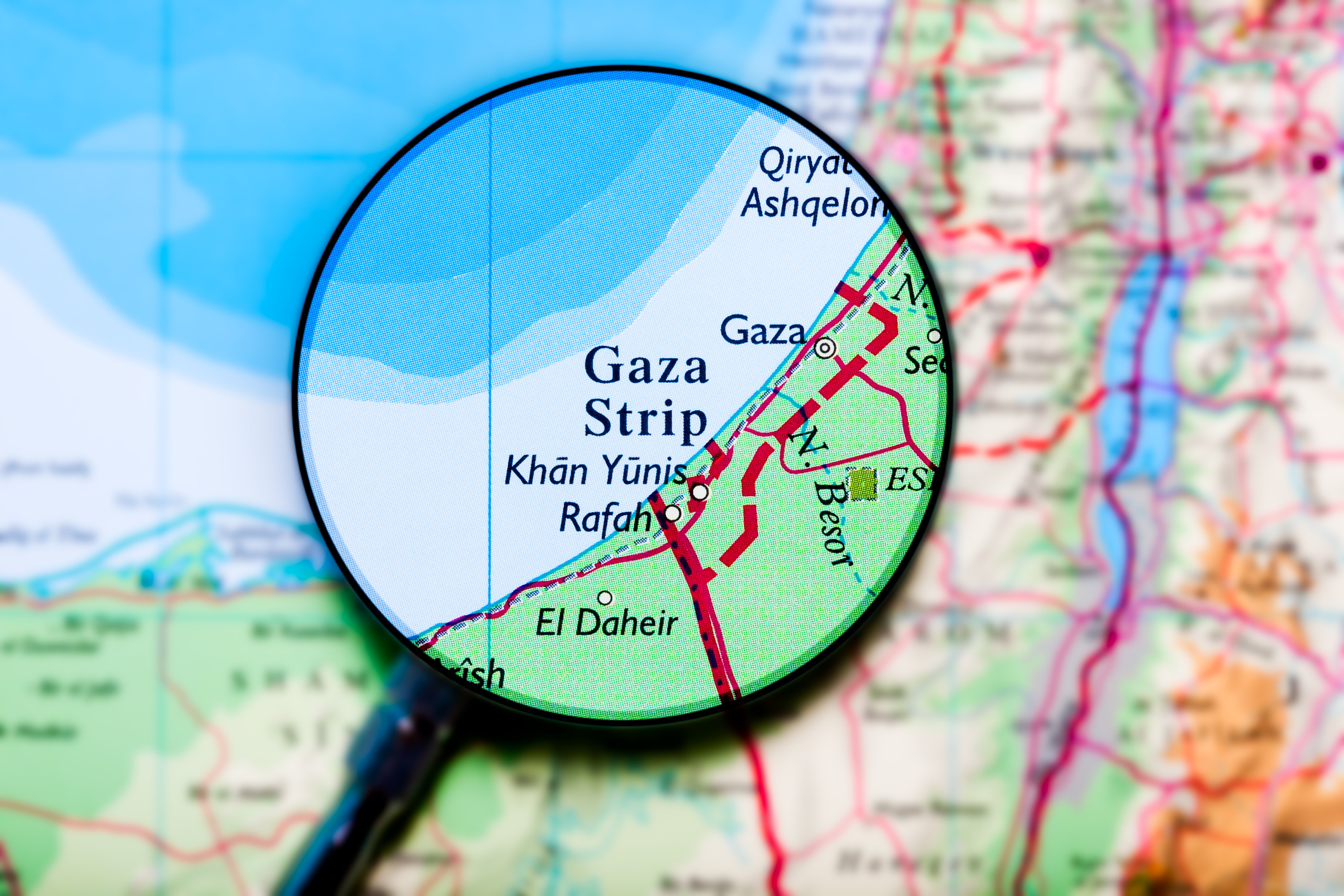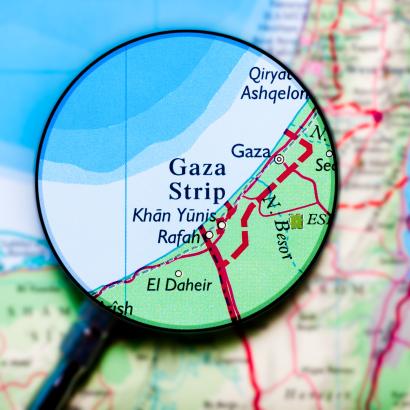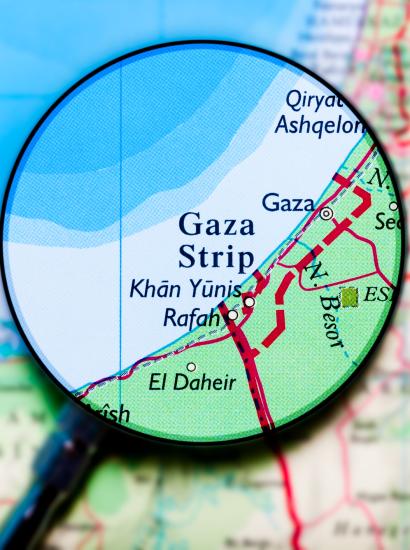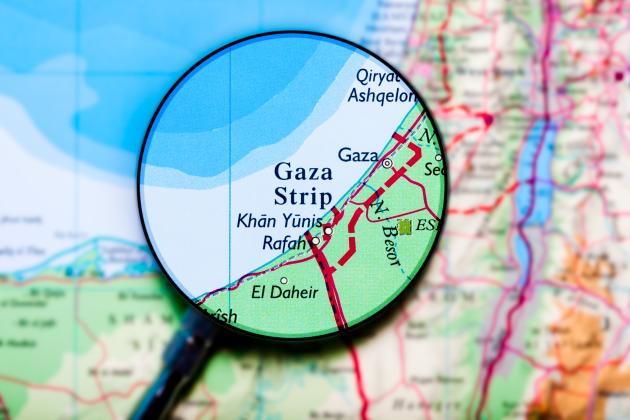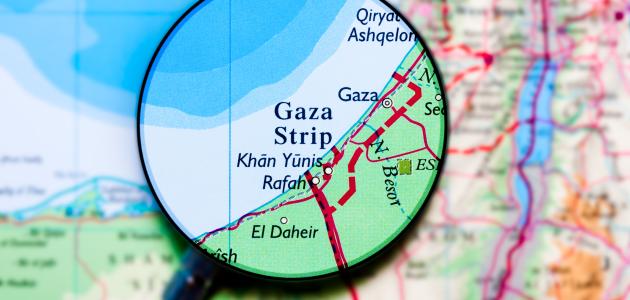Israeli forces have moved into the city of Rafah and taken control of a key border crossing after carrying out a number of airstrikes, and the IDF continues to engage in military activities in the city in southern Gaza. Hamas announced its willingness to accept a cease-fire, but only if Israel stops hostilities, withdraws its troops, and releases prisoners in exchange for hostages. This deal, an obvious nonstarter, is the fruit of the unwise and prolonged efforts of the Biden administration to push too hard for that elusive cease-fire. Secretary of State Antony Blinken insisted that the “time is now” for a “pause” in the underlying hostilities, but he had already given up too much ground by trying to broker a hostage deal without demanding that all hostages be released unconditionally before any further negotiations took place—a release that won’t happen now. Indeed, the Biden administration had already made it much harder to reach a deal by apparently letting it be known that it had put a hold on an arms shipment to Israel.
All parties have been down this road before. At this point, I agree fully with the Wall Street Journal that taking Rafah is necessary for the Israelis to achieve, as a minimum condition for success, the elimination of Hamas as a political and military force. No cease-fire can attain that objective so long as Hamas insists the Israelis withdraw entirely from the area. That demand is now facilitated by the United States, which seems to have lost sight of the atrocities of October 7 and is extending the war by blocking any decisive Israeli response. Biden and Blinken seem blind to the simple fact that there is no stable middle ground.
In the midst of the analytical confusion about short-term tactics, it is important to put the matter into some larger historical prospective. Start with an account of what a cease-fire means, and the conditions on the ground that allow for a stable cease-fire; then look at illustrations of the conditions in which cease-fires can prove stable. By one definition, a cease-fire is “a military order to cease firing,” or “a suspension of active hostilities.” By another, it is “an agreement, usually between two armies, to stop fighting in order to allow discussions about peace.” The key challenge is whether any such cease-fire mooted in Gaza has the ability to promote long-term stability, with or without some formal peace treaty.
If any jury-rigged cease-fire turns out to be short, so as to allow, for example, only the provision of humanitarian relief, it does nothing to prevent the resumption of hostilities. Hamas wants Israeli military forces out of Gaza so that it can reacquire its iron grip over the territory. But that fixed demand is wholly inconsistent with the Israeli objective to root it out of Gaza. Indeed, any so-called permanent cease-fire is just an open invitation for a revitalized Hamas to break that cease-fire, just as it did on October 7, when it correctly sensed that Israel had let down its guard.
In order for any cease-fire to last, it has to turn into an armistice. A formal agreement would certainly help, but that is not strictly necessary. Thus, the 1948 war between Israel and the invading armies ended in an armistice in July 1949 at the so-called Green Line that resulted in a substantial expansion of territory under Israeli control relative to the proposed boundaries for Israel in the 1947 United Nations proposal that sought to create Israeli and Palestinian states, side by side, in 1948. That Green Line has since lasted, albeit with multiple disruptions, for several reasons. First, the expanded Israeli state had more defensible borders, given the much higher ratio of land area to boundary length that made it far easier for Israel to defend its territory. In addition, there was a clean break between the two states, so that the governance on both sides of the Green Line did not require active cooperation between the two sides in managing some common resources.
That boundary lasted until the 1967 war, when another Israeli victory resulted in its gaining control over the Golan Heights and the West Bank. The acquisition of the former posed few problems for stability because the Israelis gained strong defensive positions for their exposed northern border without having to govern hostile civilian populations. But the occupation of the West Bank continues to impose daunting governance problems, with the divided control between the corrupt Palestinian Authority and Israel requiring constant readjustments that promise no long-term stability. It would be the height of foolishness for the Israelis to provoke international ire by seeking to annex a territory with a huge Palestinian population. Yet at the same time, turning the West Bank into an independent state risks the legal entry of Arab forces in what would be an open invitation to another war. After October 7, a “demilitarized” Palestinian state seems like an oxymoron. Hence, the status quo ante remains, with no sensible move in any direction.
The situation in Gaza is far worse because there is no equilibrium position. There is no separation of territories, and no possibility that the two powers can just keep to themselves. A cease-fire does not prevent the movement of troops by both sides within Gaza, so long as those troops avoid active hostilities. North Gaza was once freed of Hamas forces, but military forces and residents have started to return to that region and will remain until dispatched or killed by Israeli forces once any cease-fire is over. In the interim, a cease-fire cannot prevent the Israelis from reinforcing their positions, or prevent Hamas forces from gaining supplies from friendly sources in their bunkers that will allow them to wait out a cease-fire until they find the ideal time to renew hostilities. Rearmament will only increase death and hostility once the cease-fire is broken.
And a cease-fire does no favors to the huge stranded Palestinian population concentrated largely, but not exclusively, in the south near Rafah. The United States will be unable to make Egypt budge from its long-standing refusal to open its borders, even to let Palestinians into some new highly guarded encampment—without tunnels—that would ease the collateral consequences of renewed hostilities. Meanwhile, day by day it remains difficult to provide material support given the strong pro-Hamas sentiments of the United Nations Relief and Works Agency (UNRWA), which has resulted in yet another strategic stalemate. There is strong evidence that some UNRWA workers supplied material support for Hamas before and on October 7. Yet any effort to displace these workers is met with opposition from Hamas, which stands to lose if aid is distributed by some neutral source. Thus, as the dispute drags on, some $267 million in aid money, much from the United States, remains suspended.
Moreover, in multiple incidents, Hamas has diverted humanitarian aid from the civilian population to its own operations. Hamas’s fighters could not survive close to six months in tunnels without systematic external support—which would be easier to replenish once a cease-fire acceptable to Hamas was in place.
Most important, there is no way to move forward with any reconstruction of Gaza under any cease-fire that leaves Hamas in place. Such a cease-fire would do nothing to remove the genuine obstacles to rebuilding the area, re-establishing homes, schools, and hospitals in the wake of a campaign designed to incapacitate Hamas. It is not possible to establish any fragile governance structure, similar to that now in the West Bank, that can work so long as Hamas remains in place. The long-term risks of hunger, disease, and death will continue to loom over the area, and the ability to gain any kind of political accommodation between Israel and Arab states will be frustrated by the unstable and deteriorating situation on the ground. In this regard, a stalemate or cease-fire in Gaza works to the long-term advantage only of Iran and its various puppets, who are that much safer than would be the case if the Gaza situation were resolved in favor of Israel.
Time therefore works to the advantage of Hamas, so that the greatest tragedy of the Biden-Blinken “peace” offensive is that it tends to legitimate Hamas by glossing over the reasons why Israeli forces had to go into Gaza in the first place—and by imposing on them unique limitations on the conduct of warfare that the United States has never adopted in its own efforts to deal with ISIS. The day of invasion will most likely come in Rafah, at which point any belated humanitarian crisis will turn out to be worse than if the United States had not worked overtime to force explicit accommodations needed for the survival of Hamas’s derelict regime.







